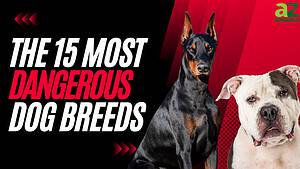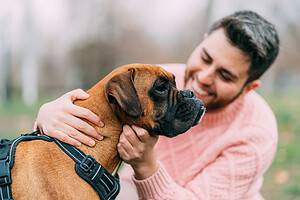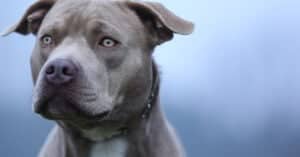The Afghan hound is one of the oldest dog breeds in the world. Its pedigree dates back thousands of years and was bred historically to people in Afghanistan, North India, and Pakistan. Afghan hounds are easily recognizable because of their iconic, beautiful coat. They were bred originally as hunting dogs, and the long, silky coat acted as a protective barrier against harsh conditions. This breed has a strong prey drive, and they have a sighthound lineage. They thrive in calm, patient environments and their loyalty and elegant beauty make them a loving companion for those who appreciate their unique qualities.
Afghan hounds are intelligent, active dogs that are social and affectionate with their human companions. But what are the differences between a male vs. female Afghan hound?
Comparing Male vs. Female Afghan Hound
The chart below summarizes the main differences between a male vs. female Afghan hound.
| Male Afghan Hound | Female Afghan Hound | |
|---|---|---|
| Size | 27-28 in. at shoulders, 50-60 lbs. | 25-26 in. at shoulders, 50-60 lbs. |
| Physical Traits | Long flowing coat, broader features | Long flowing coat, narrower features |
| Reproduction | Sexual maturity at 12-15 months | Fertile at first heat cycle at 9-12 mo., sexual maturity at 2 years. Fertile only during heat cycles every 6 mo. |
| Health | Bone & joint issues, hip and elbow dysplasia, juvenile cataracts, bloat | Bone & joint issues, hip and elbow dysplasia, juvenile cataracts |
| Temperament | Intelligent, cautious, high-energy, playful, independent, higher boldness & aggression | Intelligent, cautious, high-energy, playful, independent, less boldness & aggression |
| Training | Difficult to train, stubborn, aloof, needs socialization; can be aggressive around strangers | Difficult to train, stubborn, aloof, needs socialization; can be shy around strangers |
Key Differences Between a Male and Female Afghan Hound
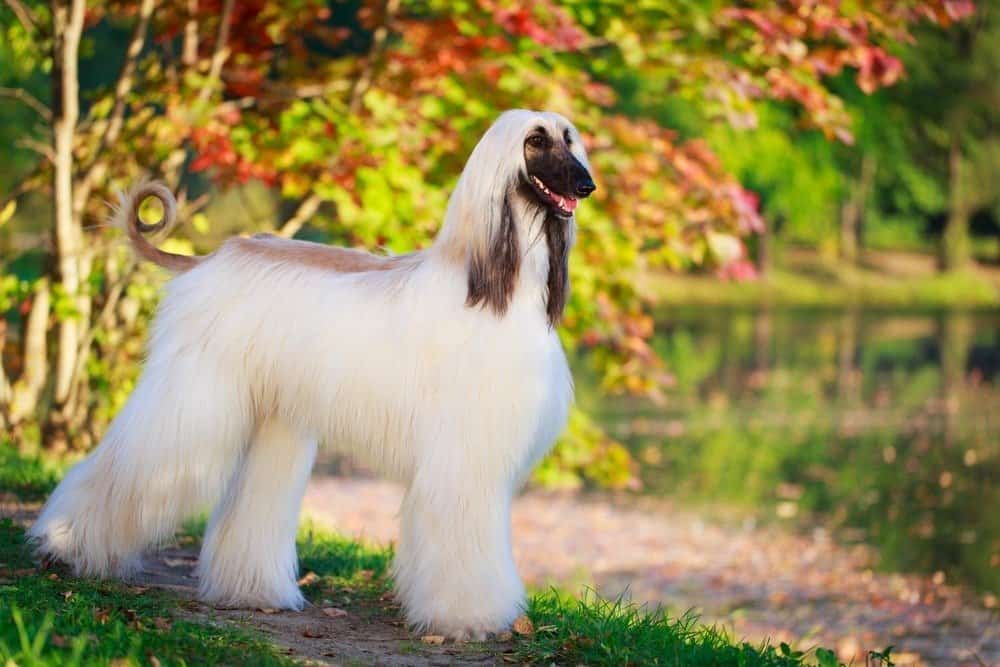
Afghan hounds are historically one of the oldest dog breeds in the world.
©DragoNika/Shutterstock.com
The key differences between male vs. female Aghan hounds are their height, physical traits, reproductive role, temperament, and responses to training.
While it’s hard to tell the difference between a male and female Afghan hound at a glance, there are subtle differences in their physical features. Reproductively, males are responsible for fertilization during procreation, and females are responsible for birthing and caring for puppies. They each reach sexual maturity at different ages, and their differing temperament can produce alternative responses to training. These distinctions are generalizations, and individual Afghan hounds can vary in temperament and physical characteristics regardless of gender. Read on to understand these key differences in depth.
Male vs. Female Afghan Hound: Size
The Afghan hound is a large, intelligent dog well-known for its long, silky, luxurious coat. Males will reach 27-28 inches tall at the shoulders, and females will reach 25-26 inches tall. Even though there is a slight difference in height, both sexes weigh between 50-60 pounds. They both will stop growing around 18 months to two years of age.
Male vs. Female Afghan Hound: Physical Traits
We can’t discuss the Afghan hound without mentioning its signature coat. Both male and female Afghan hounds boast long beautiful coats with thick, silky fur. This recognizable coat is why the Afghan hound is considered a high-maintenance breed, regardless of sex. Their fur should be brushed and maintained daily to prevent knotting and matting against the skin.
Males tend to be slightly taller than females, with a more robust build while females are generally more delicate. Additionally, Afghan hound females often appear more refined and elegant with a narrower head and finer bone structure. These dogs have a graceful and athletic physical appearance with long limbs and slender bodies. Both sexes have a tail with a ring curl at the end.
Male vs. Female Afghan Hound: Reproduction
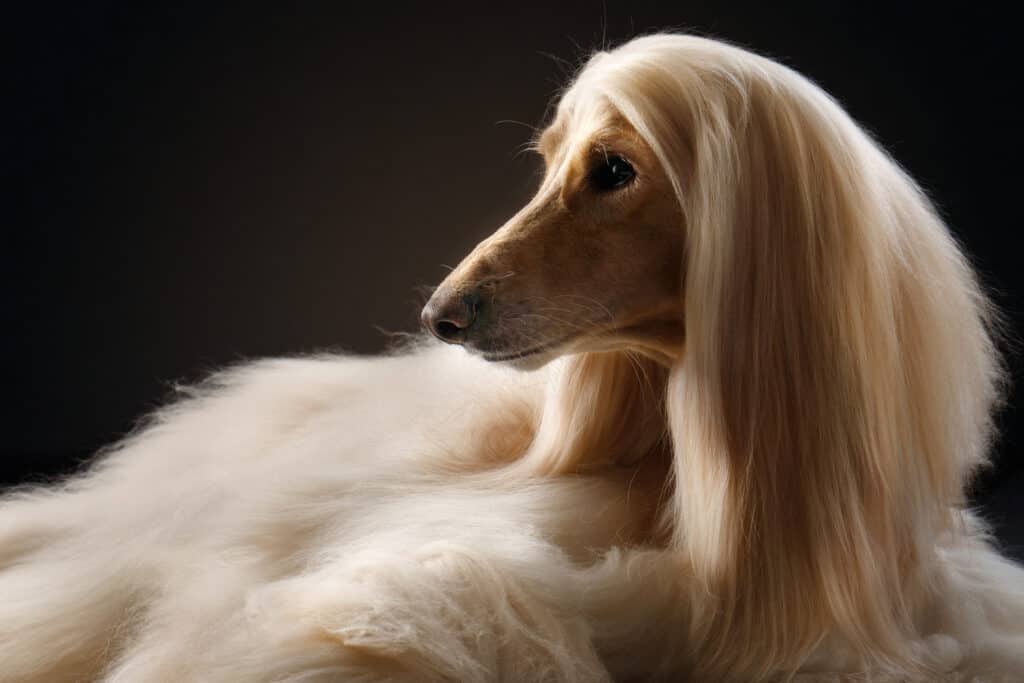
The Afghan Hound is well-known for its thick, luxurious, silky coat and its tail with a ring curl at the end.
©Dezy/Shutterstock.com
The main difference between male vs. female Afghan hounds is their reproductive systems. In males, the most apparent distinction is the presence of testes responsible for producing sperm. Males typically reach sexual maturity at around 12 to 15 months of age and can reproduce throughout their adult lives. Female Afghan hounds have a reproductive system with ovaries and a uterus. They begin their regular heat cycle around nine to 12 months and it continues to occur every six to eight months. Females will reach sexual maturity around two. Pregnancy in female Afghan hounds lasts around 64 days, and they usually give birth to a litter of puppies.
Male vs. Female Afghan Hound: Health Considerations
When it comes to health, both male and female Afghan hounds share risks for certain health problems. Both sexes are susceptible to similar health issues including hip and elbow dysplasia, juvenile cataracts, and thyroid problems. They are also susceptible to bloat, but this is more common in males. Healthy Afghan hounds have a lifespan of 12-14 years. Additionally, the health of intact dogs can be dictated by their individual reproductive organs. Spaying your female or neutering your male can significantly lower the potential for conditions like testicular or ovarian cancer.
Be aware that other factors may impact health such as genetics, diet, exercise, and individual lifestyle. Regular medical check-ups, a balanced diet, and daily exercise are critical for maintaining a healthy dog, regardless of gender.
Afghan hounds are an active breed requiring daily exercise to maintain their physical and mental health. Obesity is dangerous for large dogs and can result in health concerns and joint issues. Opportunities to run and play are important to the male and female Afghan hound’s well-being.
Male vs Female Afghan Hound: Temperament
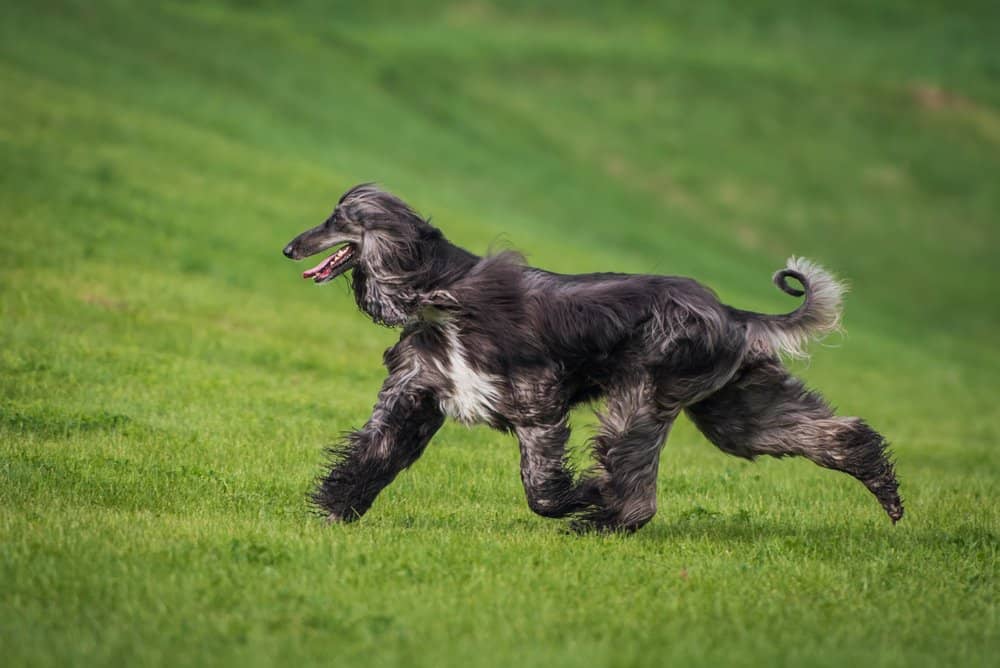
Afghan hounds are playful and affectionate with their bonded people, but aloof around strangers.
©Maria Ivanushkina/Shutterstock.com
Afghan hounds were bred originally as hunting dogs. Their recognizable coat acted as protection against harsh, outdoor elements and conditions. Today, they are commonly seen at dog shows and as pets. Temperament differences are generally subtle and are often more influenced by lifestyle and the individual dog.
Both male and female Afghan hounds are intelligent yet stubborn dogs. They are generally aloof to strangers but are more affectionate and loving toward their human companions. While they can both be shy and independent, males display higher dominance and potentially territorial aggression.
Male vs Female Afghan Hound: Response to Training
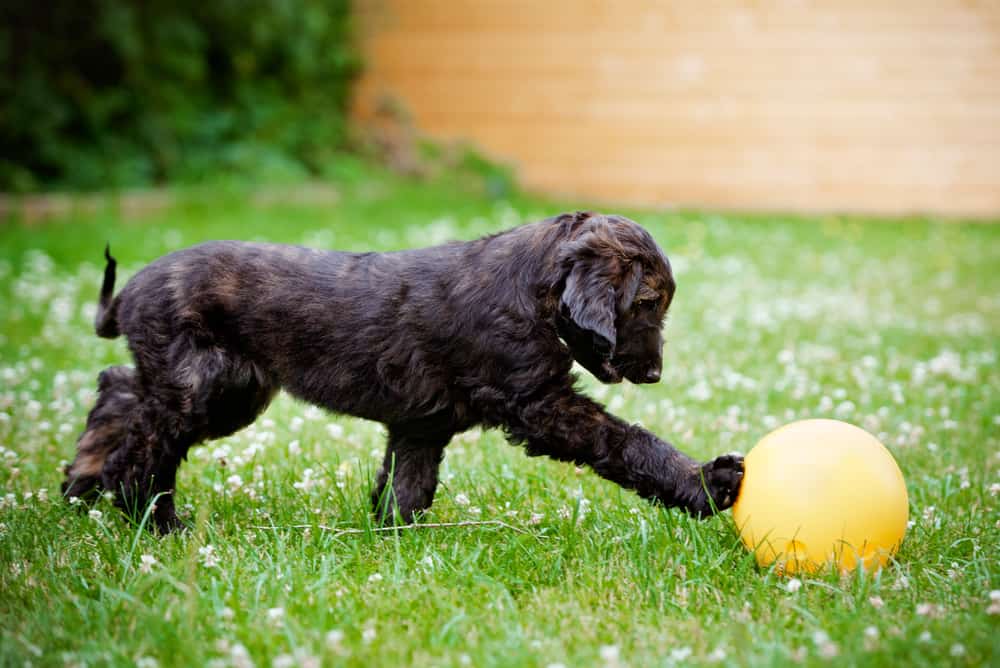
Afghan hounds can be difficult to train due to their stubborn, independent nature.
©otsphoto/Shutterstock.com
The Afghan hound’s temperament is shaped by proper socialization and positive reinforcement during training. Due to their independent nature, both sexes require patient and consistent training. Afghan hounds are known for being stubborn and strong-willed, and they are not easy to train. Using a firm tone during sessions followed by high praise and reward is necessary in early development. If they are not properly trained, female Afghan hounds can develop shyness around strangers, and males can potentially become aggressive. Males may also display signs of being less eager to please during training. Females, while still stubborn, tend to be more cooperative and attentive.
Interestingly, Afghan hounds have a low pain tolerance and it is significant in both genders. While many dog breeds don’t often show signs of discomfort, Afghan hounds are sensitive. Due to their delicate nature, it’s important for owners and trainers to go slow and take breaks. Always be attentive to signs of discomfort.
It’s also important to start grooming Afghan hounds immediately. Their high-maintenance coat requires daily care for both males and females. If their fur isn’t maintained properly, Afghan hounds are at risk of parasites and skin diseases. Both sexes need consistent exercise and mental stimulation throughout their life so they don’t develop bad habits.
Up Next
The photo featured at the top of this post is © Hagon1 / CC BY-SA 3.0, from Wikimedia Commons, the free media repository – License / Original
Ready to discover the top 10 cutest dog breeds in the entire world?
How about the fastest dogs, the largest dogs and those that are -- quite frankly -- just the kindest dogs on the planet? Each day, AZ Animals sends out lists just like this to our thousands of email subscribers. And the best part? It's FREE. Join today by entering your email below.
Thank you for reading! Have some feedback for us? Contact the AZ Animals editorial team.



